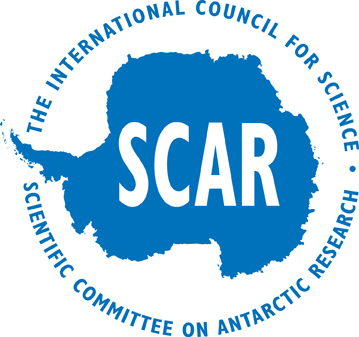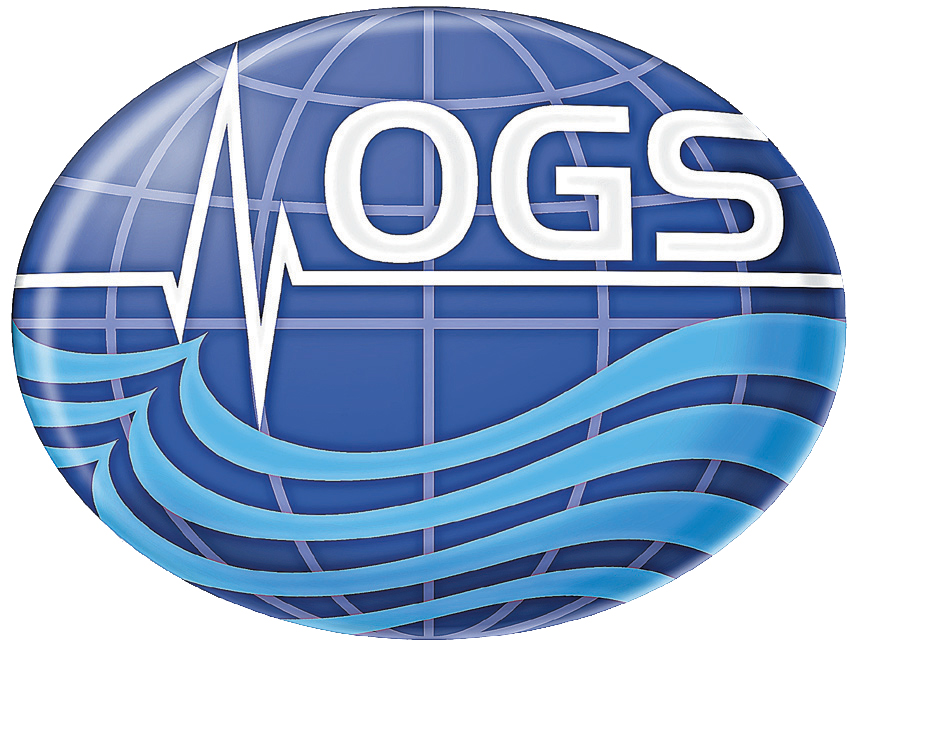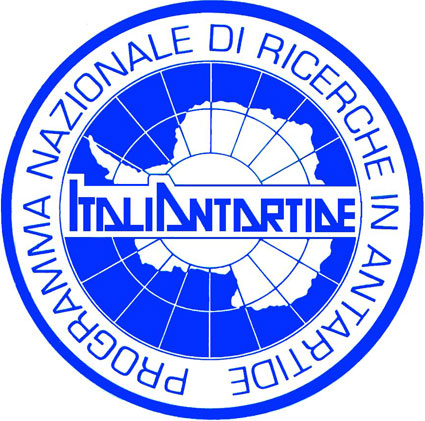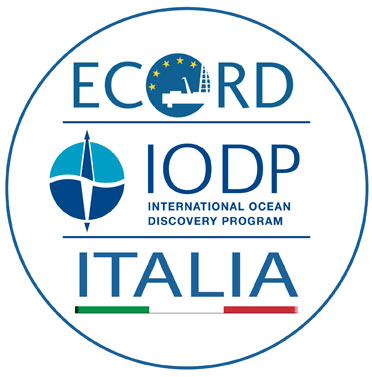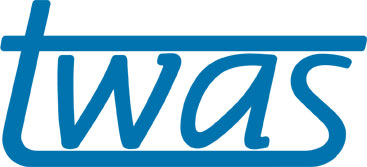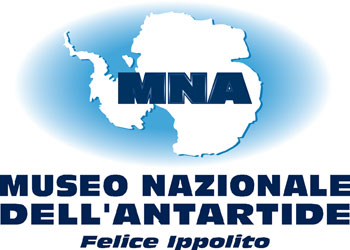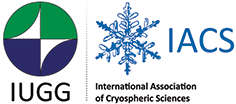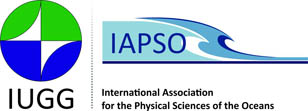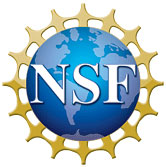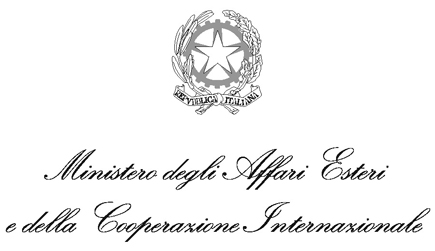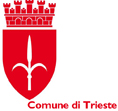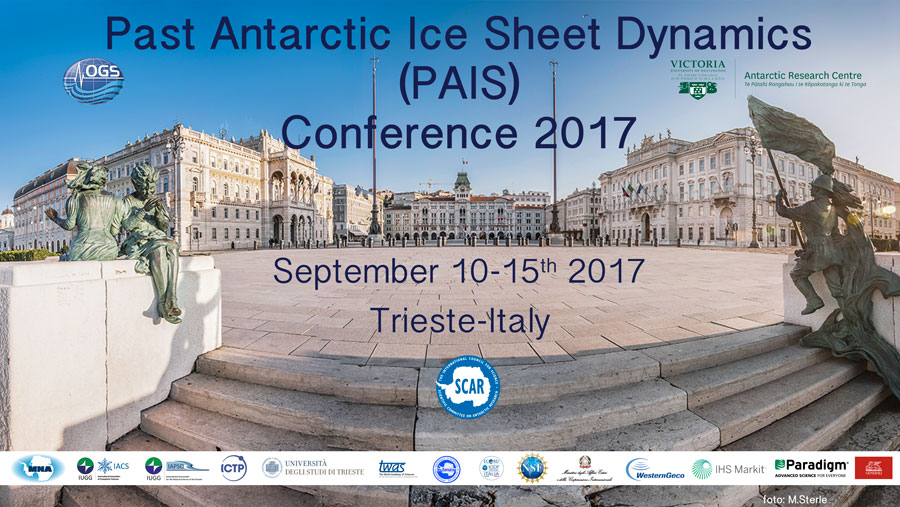
The PAIS conference 2017 held in Trieste on September 10th-15th was organized by Laura De Santis and Tim Naish, co-chief officers of PAIS, with the support of the scientific committee and of the SCAR secretariat.
The PAIS conference was attended by 210 scientists and students from 18 countries.
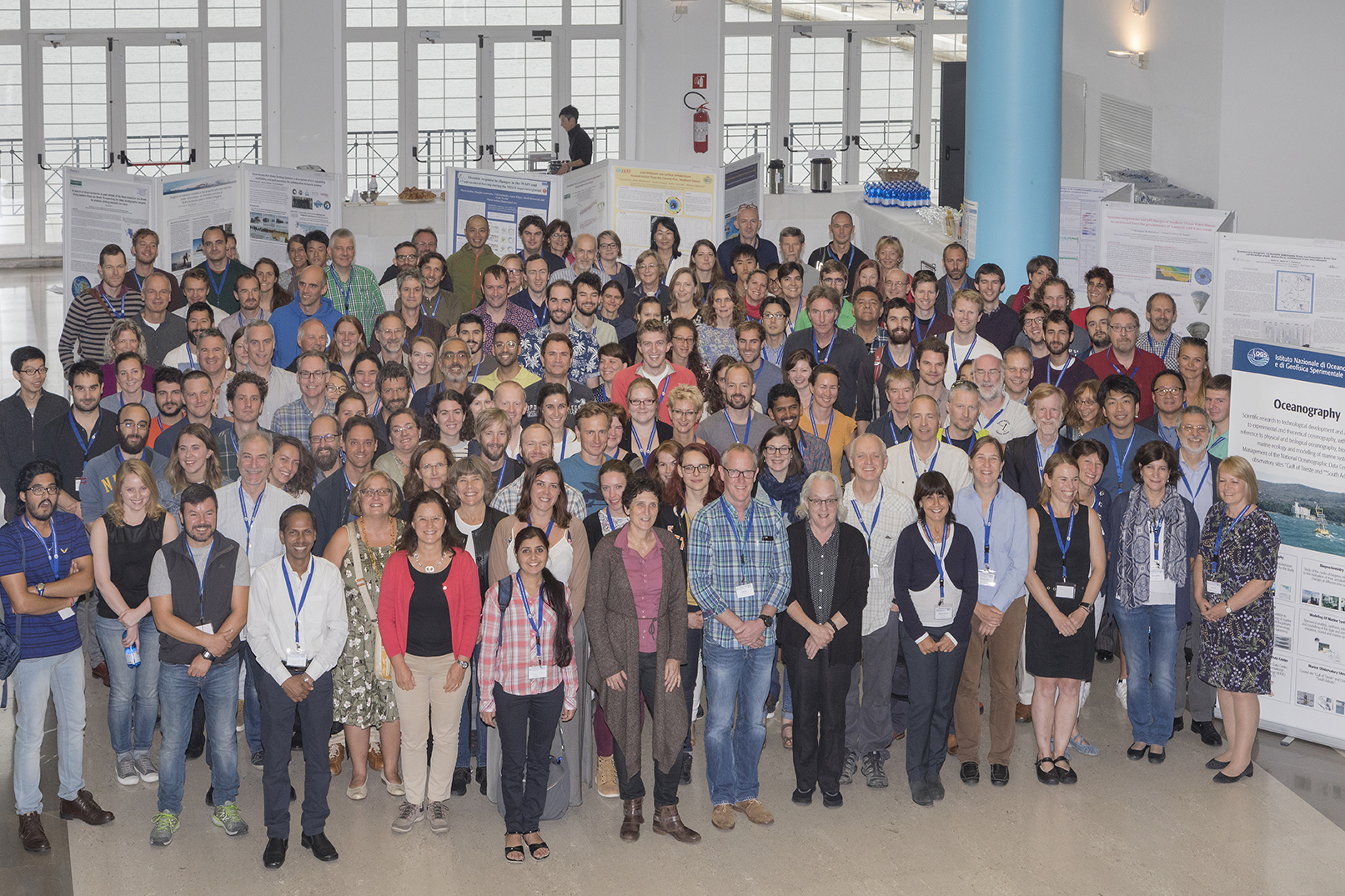
(photo by Sterle)
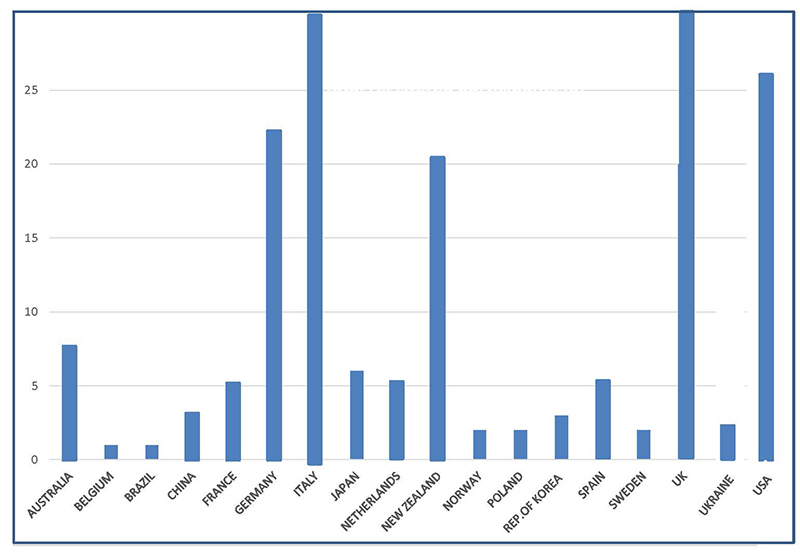
The PAIS conference aimed to focus on high priority questions relevant to the Intergovernamental Panel on Climate Change (IPCC) http://ipcc.ch/ and the recent Scientific Committee for Antarctic Research (SCAR) https://www.scar.org/ Horizon Scan for the next 20 years of Antarctic Research https://www.scar.org/about-us/view-from-south/. A major outcome from the conference was an evaluation of the current state of Antarctic ice sheet and sea-level science in order to outline future research priorities beyond PAIS, within the framework of SCAR and a new phase of IODP https://iodp.org/, and other data acquisition.
62 oral presentations were given in a single plenary session and 130 posters were up all week. All abstracts can be downloaded from here. Presentations were about recent results on the latest understanding of the sensitivity of the Antarctic Ice Sheet and its contribution to past and future sea level and climate, by addressing 5 different themes:
Theme 1: Advances in Antarctic Ice Sheet reconstructions from geological and ice core archives:
- LGM to Recent
- Deep time reconstructions
Theme 2: Advances in understanding the drivers, processes, and rates of past and future Antarctic Ice-Sheet change from models and data.
Theme 3: Bipolar connections and far-field responses to Antarctic Ice Sheet change.
Theme 4: Co-evolution of climate and life in the Antarctic & Southern Ocean.
Theme 5: Emerging research priorities of societal relevance
Every day the current status of knowledge and of gaps to fill in the future were presented by invited speakers. Sometime was dedicated at the end of the sessions to plenary discussion and to identify new scientific challenges in round tables short talks given by the chairs and invited speakers. The aim of the conference was to highlight scientific questions that can be addressed in the last 4 years of the PAIS program and beyond it.
The result of the PAIS conference and consultation will be summarised in a white paper that can be used to develop future SCAR proposals, but that can also represent a useful information for National and International funding and policy agencies and logistic operators to support multilateral cooperative projects.One of the important aims of this conference has been to engage the future generation and we are delighted that many students and early career scientists participated in the conference.
Rebecca Parker (Department of Geology, University of Otago, Dunedin, New Zealand ) and Rachel A. Bertram (Dept. Earth Science and Engineering, Imperial College London, UK ) were awarded for the best student poster prize (free registration to DAVOS- SCAR/IASC Open science conference).
The conference has an entire day dedicated to workshops, other workshops were organized on Monday and Friday at the end of the sessions and on Saturday morning (workshop reports). One workshop was run by the Association of Polar Early Career Scientists APECS about the use of social media to effectively communicate science to the wider public http://www.apecsitaly.it/social-media-and-science-communication/
Outreach side events (speakers biography) open to the public and media with film shows and seminars and educational activities for the secondary schools (video) and high schools (Photo gallery) were organized in collaboration with Museo dell’Antartide http://www.mna.it/ , IODP-Italian branch http://www.iodp-italia.cnr.it/index.php/it/, APECS https://www.apecs.org/, Sissa media-lab https://medialab.sissa.it/, scuola Roli Trieste http://www.istitutoroli.gov.it/
A short film was showed on Thursday late afternoon about PAIS international expeditions emphasising the importance of collaborative efforts to address ambitious challenges.
We thank the Istituto Nazionale di Oceanografia e di Geofisica Sperimentale OGS http://www.ogs.trieste.it/ and all the staff.
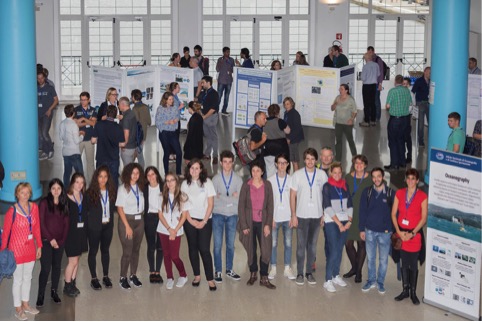
(photo by Sterle)
We thank the New Zealand Antarctic Research Center ARC at Victoria University of Wellington https://www.victoria.ac.nz/
We recognize the crucial contribution from University of Trieste, https://www.units.it/
We thank the International Union of Geodesy and Geophysics IUGG associations for the Physical Sciences of the Oceans IAPSO http://iapso.iugg.org/ and for the Cryosphere Science IACS http://www.iugg.org/
